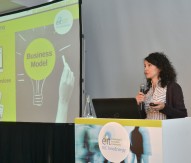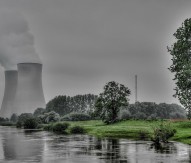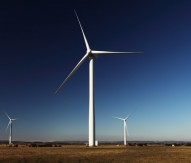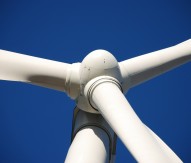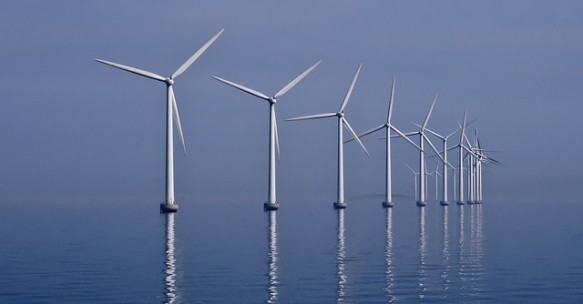
KIC InnoEnergy releases report on future renewable energy costs
KIC InnoEnergy has announced it is developing credible future technology cost models for four technologies using a consistent and robust methodology.
The KIC released the first in a series of reports, the first entitled ‘Future renewable energy costs: offshore wind’, which attempts to answer questions regarding offshore wind.
KIC InnoEnergy seeks to help with the understanding and definition of innovation pathways that industry could follow to maintain the competitiveness of the European renewable energy sector worldwide.
The purpose of the offshore wind report is to document the anticipated future offshore wind cost of energy to projects reaching financial investment decision (FID) in 2025, by reference to robust modelling of the impact of a range of technical innovations and other effects.
Almost 50 technology innovations were identified as having the potential to cause a substantive reduction in levelised cost of energy (LCOE) due to a change in the design of hardware, software, or process.
The main conclusion is that the impacts from wind farm technology innovations (excluding transmission, decommissioning, supply chain and finance effects) contribute to an anticipated 27% reduction in the LCOE.
The analysis shows that over 60% of the total anticipated technology impact is achieved through eight areas of innovation, of which the largest is the increase in turbine size from 4MW to 8MW. By virtue of having fewer turbines for a given wind farm rated power, there are significant savings in the cost of foundations, installation, and operation, maintenance, and service. All of the next generation turbines under development today have more optimum-sized rotors than used to date and therefore have higher gross energy production, even before taking into account increased reliability and maintainability. The combined impact of larger turbines with optimum-sized rotors, improved aerodynamics and control and next generation drive train designs on the LCOE is about 13%.
The innovations in balance of the plant and plant construction are anticipated to reduce the LCOE by approximately 7% in the period. The unused potential at FID in 2025 of innovations modelled in the project, coupled with this further range of innovations not modelled, suggests there are significant further cost reduction opportunities when looking to 2030 and beyond.

